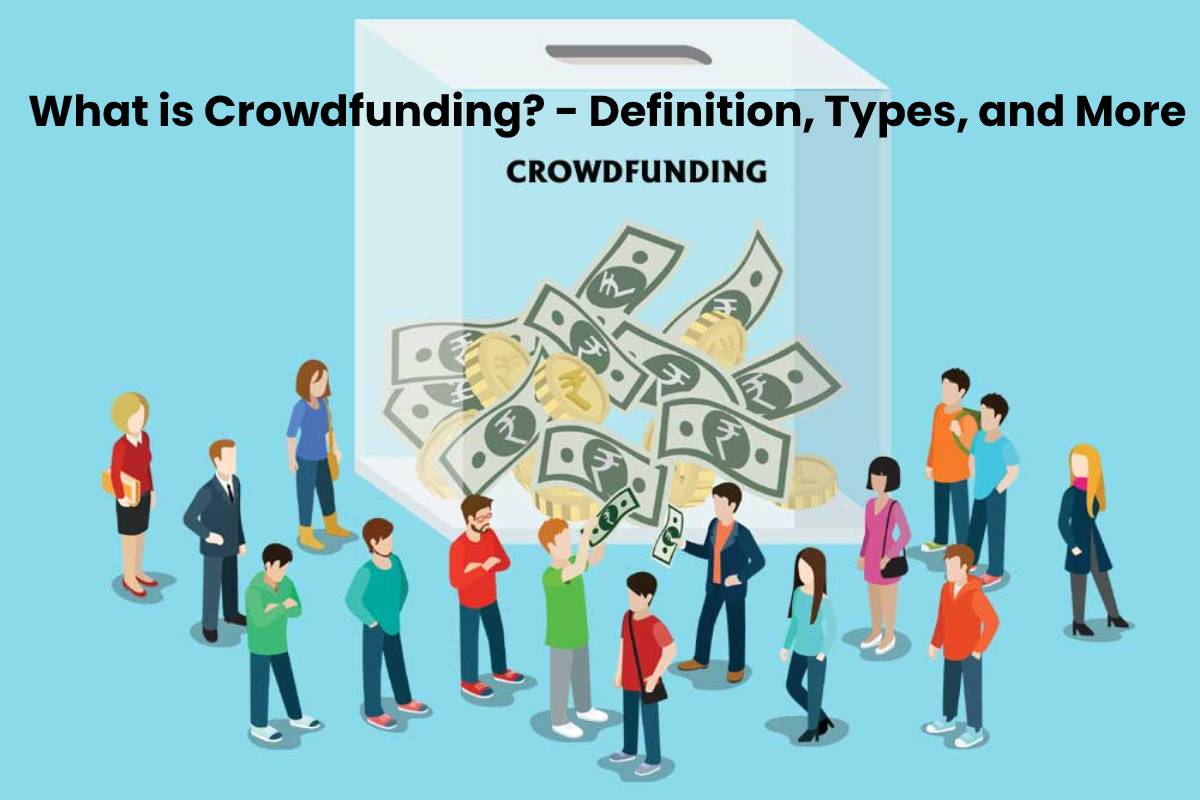Table of Contents
Crowdfunding definition
Crowdfunding marketing refers to a type of financing in which a large number of donors make a certain sum of money available to a person or institution for a previously agreed consideration (shares, interest, in-kind).
They usually support a project not only out of financial interests but because of the idea behind the collection campaign appeals.
With Crowdfunding, there is no guarantee that the desired amount will ultimately rise. It is, therefore, associated with risks if a project has to start promptly.
In it, mostly unknown people invest in a project because they believe in its success. But not every campaign raises enough funds to implement the idea ultimately.
How does Crowdfunding work?
The number of crowdfunding platforms is overgrowing. Some specialize in specific industries, such as SellaBand, which have focused exclusively on music financing.
- Others are developing new business models, such as Startnext, which offer their standard services free of charge but financed by additional services and donations. The platforms offer different services, some of which are subject to a fee.
- Up to 10% of the total amount collected at Kickstarter as fees to other providers have specific guidelines that restrict the types of projects presented.
- So, if you want to implement a project through it, you should compare several providers and study their definition of Crowdfunding so that you can find a suitable offer.
- Once you have found a suitable provider, you can register with it and then use Crowdfunding to “earn money” or collect donations for your project. To do this, you must first present your project.
What are the four types of Crowdfunding?
The division into four types is standard, as the graphic shows:
1. Donation-based Crowdfunding
Donation-based provides money for altruistic reasons. The principle corresponds to a public call for donations.
2. Reward-based Crowdfunding
Reward-based is the most popular type of Crowdfunding and became known through platforms such as Kickstarter or IndieGoGo.
3. Equity-based Crowdfunding
Equity-based Crowdfunding is the form of Crowdfunding that supports young companies in particular. In return, the supporters get company shares.
4. Lending-based Crowdfunding
In lending-based, it is also known as crowdlending, a large number of people jointly grant a loan to a borrower. The investment will then repay with interest within the agreed term.
What are the Crowdfunding Advantages and Disadvantages?
As already mentioned, It is an option for financing projects for which the necessary equity capital is lacking. It is, therefore, an alternative to bank loans. In the following, we want to show you some advantages and disadvantages of this form of financing for the young entrepreneur.
Advantages:
- The donors can act as a product tester and form the basis for marketing that ultimately creates the product.
- The financial risk is manageable with some forms of it. If the project cannot realize, there is usually no high debt.
- Projects can realize through it at relatively short notice, provided the sum comes together in the desired period.
- If the donors integrate into the project implementation process, they may be able to communicate new perspectives and thus contribute to improving the product.
Disadvantages:
- The fact that the project idea has to present transparently can lead to a “theft of ideas.”
- Due to the necessary continuous contact with the community, it is a financing method that requires a lot of time.
- Many crowdfunding projects fail in the financing phase. If the idea cannot convince and does not generate enough donations, the project does not materialize.
- The community may want to exert too much influence on the project and thus hinders its realization.


